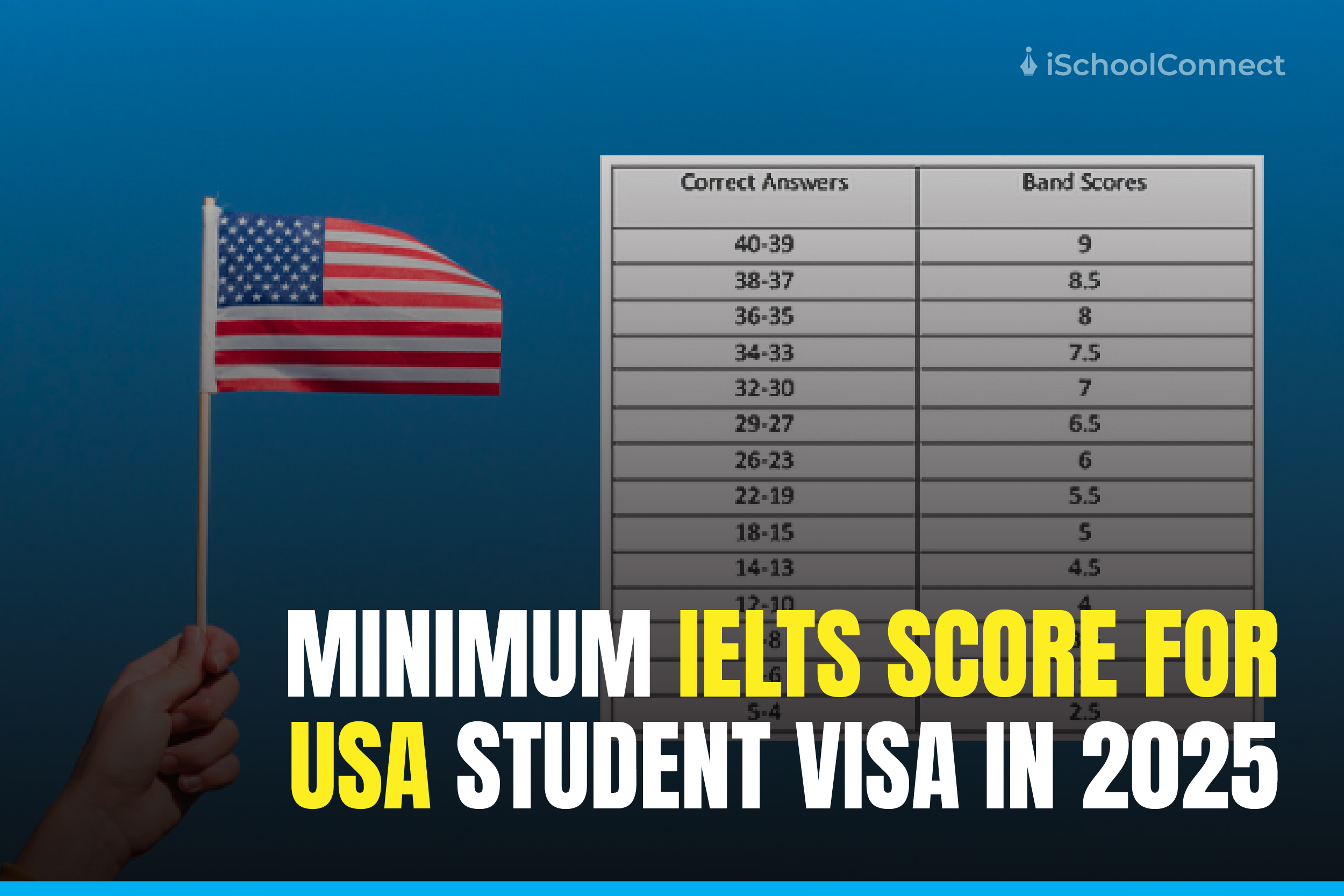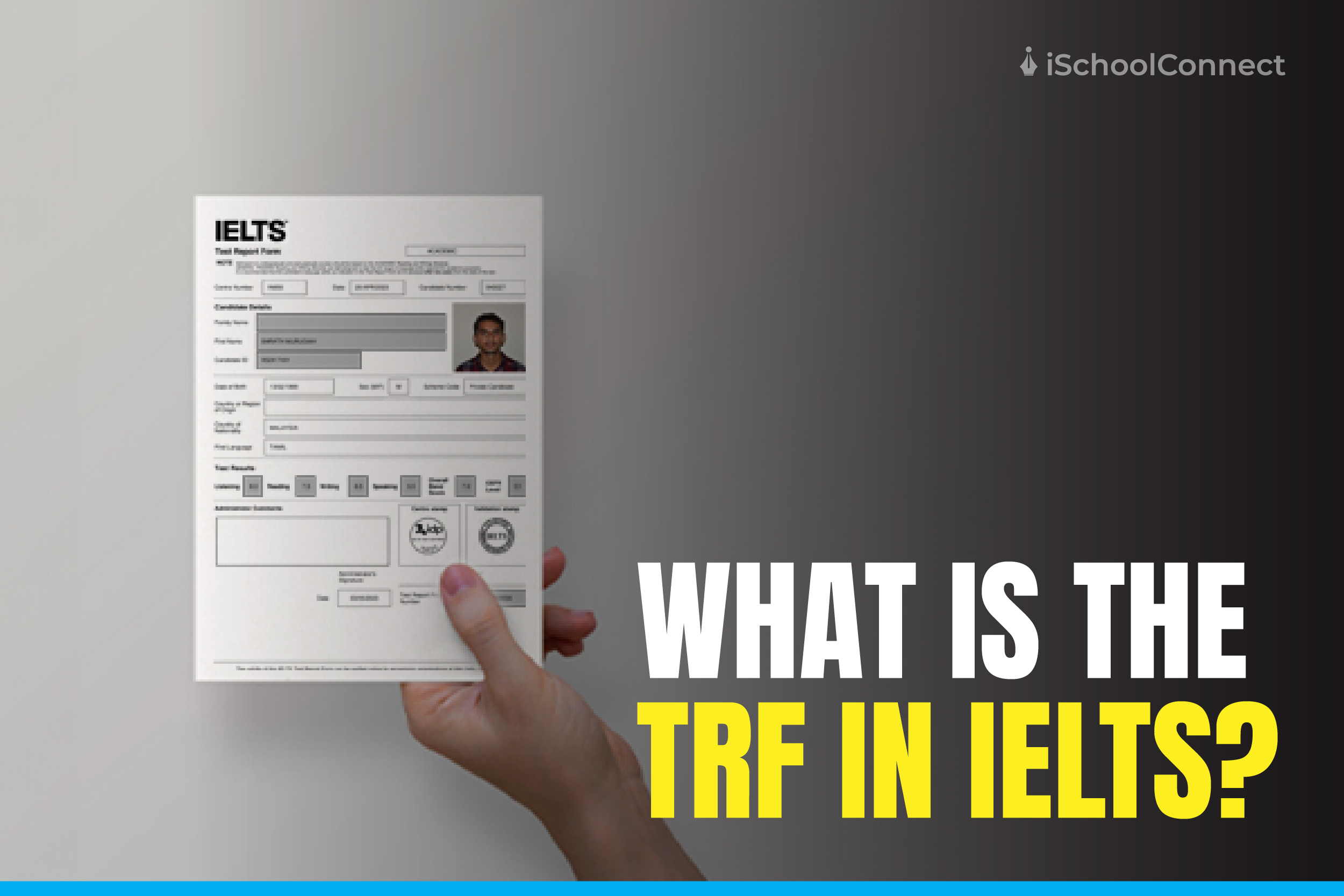Table of Contents
IELTS Writing format | Structure & strategy
IELTS Writing Task 1 has two variations: general and academic versions. You will be writing the academic version of IELTS if you wish to employ it to get into a college or university. A concise and distinct overview is crucial in IELTS Writing Format questions. To put it another way, you must compose a brief description of the image that you must explain.
According to best practices, the IELTS Writing Task 1 Overview or summary should be a distinct paragraph, either following the Introduction paragraph or at the conclusion of the description. The overview is crucial to meet the criterion of Task Achievement, one of the criteria used to evaluate Task 1 solutions. Candidates won’t be given a score of 6.0 or above for task achievement if they don’t write a coherent overview.
IELTS Academic writing version | Task 1 format
Writing about a graph, chart, table, or illustrated procedure is part of Academic Writing Task 1. Whatever option you select, the Structure is generally the same for all writing assignments. Writing Task 1 must be finished in 20 minutes and contain at least 150 words. Many teachers advise writing four paragraphs; however, if you use our suggested format, you can write only three.
Structure
1. Introduction & overview: 50 Words
First Sentence:
Introduce the graph, table, or another topic. What exactly is being measured? What is the measurement system? Is it necessary to specify times and dates? None of the data should be interpreted. None of the data should be compared. It is more useful to finish this sentence: “This graph illustrates ——————–.”
Second Sentence:
- Summarize the major aspects of the graph, chart, or table in one or two sentences.
- Talk about the highest and lowest points.
- Include any more intriguing details you want to explain later in this sentence.
- Don’t elaborate on the interest of these points.
- Don’t elaborate on why a particular point is high or low.
- Don’t analyze the information.
2. Body paragraphs
Body Paragraph A: 50 Words
Choose one of the key elements you mentioned in the introduction. You can now go into more information about this feature. It is possible in 3 to 5 sentences. Mention all the figures and dimensions pertinent to this feature. It may appear that you are copying the information from the chart or table. That’s alright! You want to accomplish this in Writing Task 1. Once more, this purpose is not to develop a viewpoint or debate. Here, you may also contrast features. To characterize them most easily, look for opposites or contrasting data points.
Body Paragraph B: 50 Words
All that remains to be done is to describe the major feature, just like you did in the preceding paragraph. Use the same procedure as before. When finished, you are not required to write a summary. Just continue with Writing Task 2.
- Strategy for IELTS Academic Writing task 1
- Recognize how the test is graded. Knowing the marking criteria will enable you to provide the examiner with exactly what they require.
- It is important to rephrase the question in the opening sentence. Using synonyms will help you do this.
- Write the summary. Pick three or four essential qualities to focus on while writing your overview, and write about them in general terms without using specific facts.
- Support the primary characteristics. Support the main points in a new paragraph with the information provided to you.
- Verify your work. Check your report for grammatical and spelling errors. Make sure the information you mentioned is accurate as well!
IELTS General Writing version | Task 1 format
Your ability to communicate about typical everyday concerns is assessed by the IELTS General Writing Task 1. You have 20 minutes to answer a question by composing a letter to an individual, business, or organization. Your response, judged separately from the Task 2 essay, accounts for around 30% of your writing score. The content provided below contains study guides, expressions, and test-taking tactics. You may be able to achieve your best IELTS letter writing score as a result.

- Strategy for IELTS General Writing Task 1
- Letter type
Decide what kind of letter you must write: Formal, Semi-Formal, or Informal.
Purpose of letter
Write the purpose of your letter in the opening sentence. The beginning paragraph of your letter must make it obvious why you are writing it. Make sure the letter’s goal is to provide a straight response to the circumstances described in the query.
Tone of letter
Let’s move on to the letter’s tone, which is the next aspect the examiner is looking for. The letter’s style, whether official or informal, is referred to as the tone. Correctly open and close the letter. Depending on the letter’s nature and goal, do this.
| Style | Characteristics | Opening | Ending |
| Formal | To someone you’ve never met and whose name you don’t recognize. | Dear Sir/Madam | Yours faithfully |
| Semi-Formal | Towards someone you may or may not have met and whose. surname surname you recognize | Dear Ms. BrownDear Mr. Brown | Your Sincerely |
| Informal | To somebody, you know well and use their first name. | Dear John Dear Anita | Best Regards, Warm Wishes |
Include bullet points
It’s crucial to include the bullet points provided in the question when writing a letter for IELTS General training writing task 1. Also, keep in mind that some bullet points may have many elements; so be aware of “and” and plurals.
Structure letter
The format of your letter is the last aspect to consider in IELTS General Training, Writing Task 1. The following components should be included in a letter’s proper format while writing it-
- Opening (Dear Sir/Dear Madam, Dear Mr. Smith, and Dear John)
- The primary part (consisting of paragraphs for each part of the letter)
- An ending (Yours sincerely, Yours faithfully, Best wishes, Kind regards, Love)
Key takeaways
- A concise and unique overview is crucial in IELTS Writing Task 1 questions. To put it another way, you must compose a brief description of the image that you are required to explain.
- Remember that each element must be present in your letter to earn a better band score for IELTS General Training Writing Task 1, i.e., defined objectives, a suitable tone, present and emphasize each bullet point, suitable format.
- You can expand your vocabulary and knowledge of grammatical constructions by completing exercises on mobile apps like the IELTS Prep App.
If you need support raising your IELTS scores, you should look into our other IELST blog or contact us.
Like this blog? Read next – Band requirements for Canada-All you need to know about IELTS.
FAQs
Question 1: What can I do to improve my writing?
Answer: The simplest advice is to read and write a lot. Your ability to naturally discern how phrases, paragraphs, and words go together will improve due to reading.
Question 2: What number of paragraphs should I write?
Answer: You can write three or four paragraphs, as was already mentioned. Simply divide the first two statements into separate paragraphs if you do four instead of three.
Question 3: What word count should I aim for?
Answer: You should compose a minimum of 150 words. Many students believe they need to write more since this is too short. Aim for 200 words if you feel this way.






